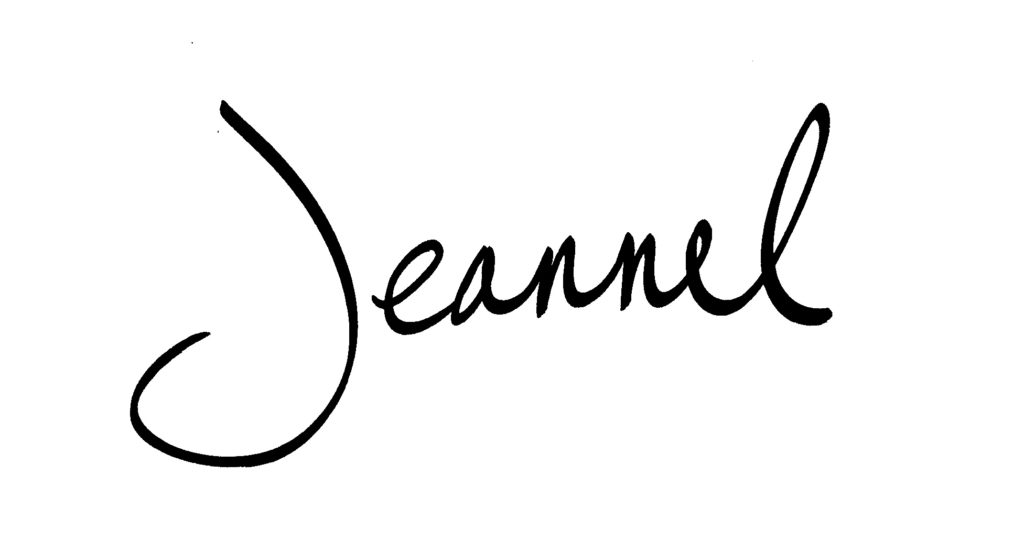Today’s question comes from a email conversation with a fellow graphic facilitator who reached out to me and a few other colleagues to share a project she just did for a friend and ask about graphic facilitation pricing. (Names and numbers have been changed to protect the innocent):
Q1: What would you have charged for this project?
The best pricing guide is always your gut. Period. And the last thing you want to do is work on something and kick yourself for selling yourself – and your work – short.
And honestly, that includes doing projects for friends. Because it can be tempting to give them something beyond what your gut would have liked you to give. You can tell when that’s the case when you start muttering to yourself while doing the project, or resent the amount of work you’re putting into the project.
And when you’re asking any IFVP board members about pricing, (and you’ve got a few of us here in this conversation,) odds are good that we’re not going to talk about any specific numbers because of the whole sensitivity this organization has to any appearance of price collusion. Just something to remember there…
You asked, “But seriously, is your friend/non-profit saving the world discount 25%? 50%? Matching their budget if you feel like it?” For me, that answer is yes.
When it comes to pricing, I focus on creating solutions that work for both of us – me and my client. If I do a multi-day project pro-bono because I believe in their cause and they have no budget, then it’s a solution that works for both of us. If I charge a friend full rate because we both want to be respected and valued in – and for – our businesses, then that’s a solution that works for both of us.
- If I feel undervalued, then it’s not a good pricing solution.
- If I feel even the teeniest bit resentful, then it’s not a good pricing solution.
- If I feel pissed off about the project but can’t quite put my finger on why I feel that way, odds are good that it’s not a good pricing solution.
So, if you did that project for your friend for the financial equivalent of a cup of coffee and a smile, the most important questions to me are:
1. Do YOU feel good about it?
If you do, then you priced it correctly for that person and that situation.
If you don’t, then proceed to the next question:
2. If not, what should you have charged for YOU to feel good about it?
I can remember doing a big project for a prestigious client… the biggest project I had been asked to do to-date. I kept upping my price in the quote… WAY beyond what I had ever charged for something… because I knew my old pricing structure was not going to be right for what this new project was going to demand from me. And yet, when I was in the project I realized I had charged maybe half of what I should of to feel properly valued for the work I was putting in to the project. And I LOVE that client and that team! The thing is, if someone told me to charge more than I had barely worked up the nerve to be able to write in that proposal, I wouldn’t have done it… because I wouldn’t have believed that I COULD charge that amount… that I could be WORTH that amount to someone else.
In an odd way, it takes the experience of selling yourself short to discover what you’re truly worth.
So folks can tell you what you “should be charging” for a project, but they’d be wrong. What you should be charging is what feels right to YOU. [highlights color=”ffea00″] Your rate is the rate you BELIEVE you are worth. [/highlights] Charge too little and you’ll be resentful. Charge too much and you’ll be nervous. Charge the right amount for you and you’ll be confident.
By the way, it took me a while to raise my rates when I first started my business. In the beginning, I thought I was pretty ballsy to ask for four figures for a day of my time! (translation – I didn’t think I was worth charging more for my time and work.) After a while, I realized that I was worth a higher price, so I increased it. Then increased it again. Now, I look back to what I was charging in the beginning and have to just laugh at how ridiculously low it was. (Even though at the time I thought it was the world.) I had to go through that pricing evolution to find where I want to be on my own pricing sheet. And – most likely – so will you.
So when it’s time to come up with a price for that new project – whether it’s for a friend or a Fortune 500 company – do what the sign says: keep calm and trust your gut!
I cannot wait to see what you draw forth,



thank you so much for this article. I am venturing into a new business which includes graphic facilitation/recording and this was very helpful!
Glad to hear it, Ashton! Good luck with the new business! :^)
What a great article – thank you very much!!